The golden ages of the world’s biggest cities
Throughout history, certain cities have risen to prominence, shaping the world with their cultural, economic, and political influence. These urban giants have experienced golden ages that reflect the zenith of their development. From the bustling streets of ancient metropolises to the modern skyscrapers of today’s global hubs, each era tells a story of innovation, ambition, and transformation. Join us as we explore these fascinating epochs and uncover the secrets behind their enduring legacy.
Ancient Athens: The Birthplace of Democracy and Drama
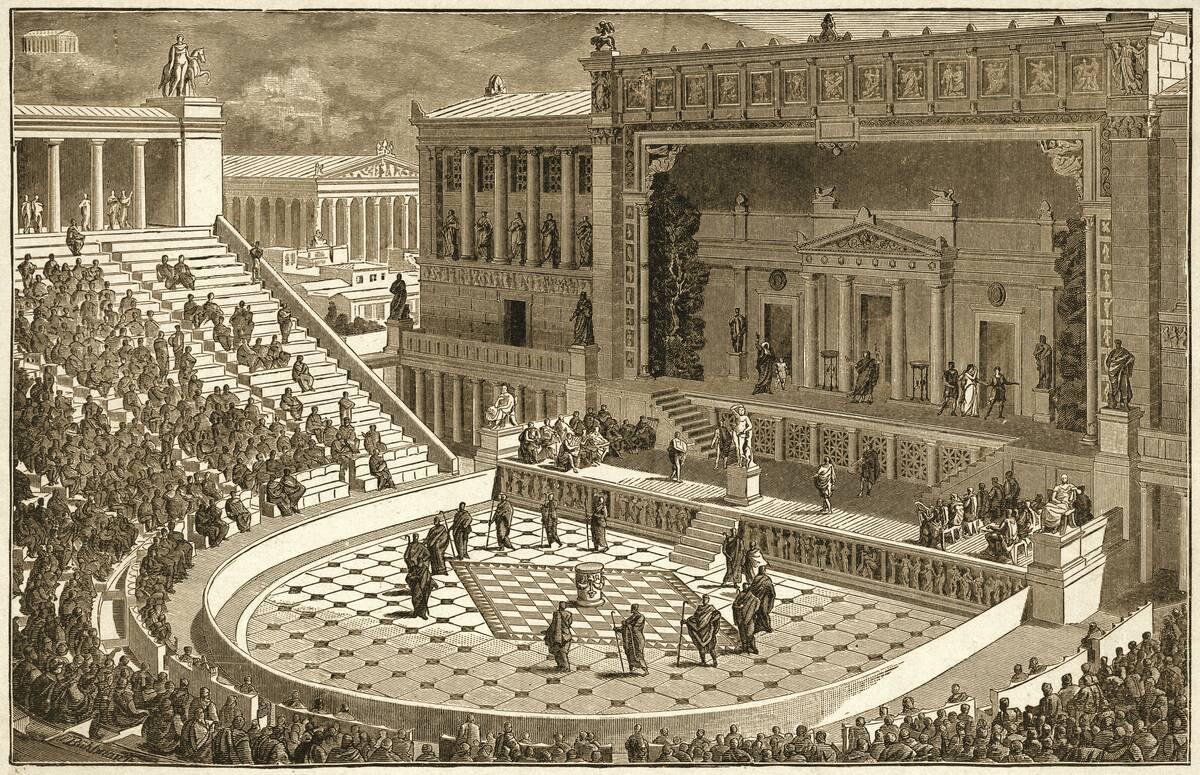
In the 5th century BCE, Athens stood as a beacon of civilization, pioneering the concept of democracy that has influenced countless societies since. The city was a hub of intellectual thought, home to philosophers like Socrates and Plato. Not only that, but Athens also saw the birth of dramatic arts, with playwrights such as Sophocles and Euripides crafting timeless works. The Acropolis, with its iconic Parthenon, still stands as a testament to Athens’ architectural and cultural achievements.
Rome: The Eternal City in Its Glorious Prime
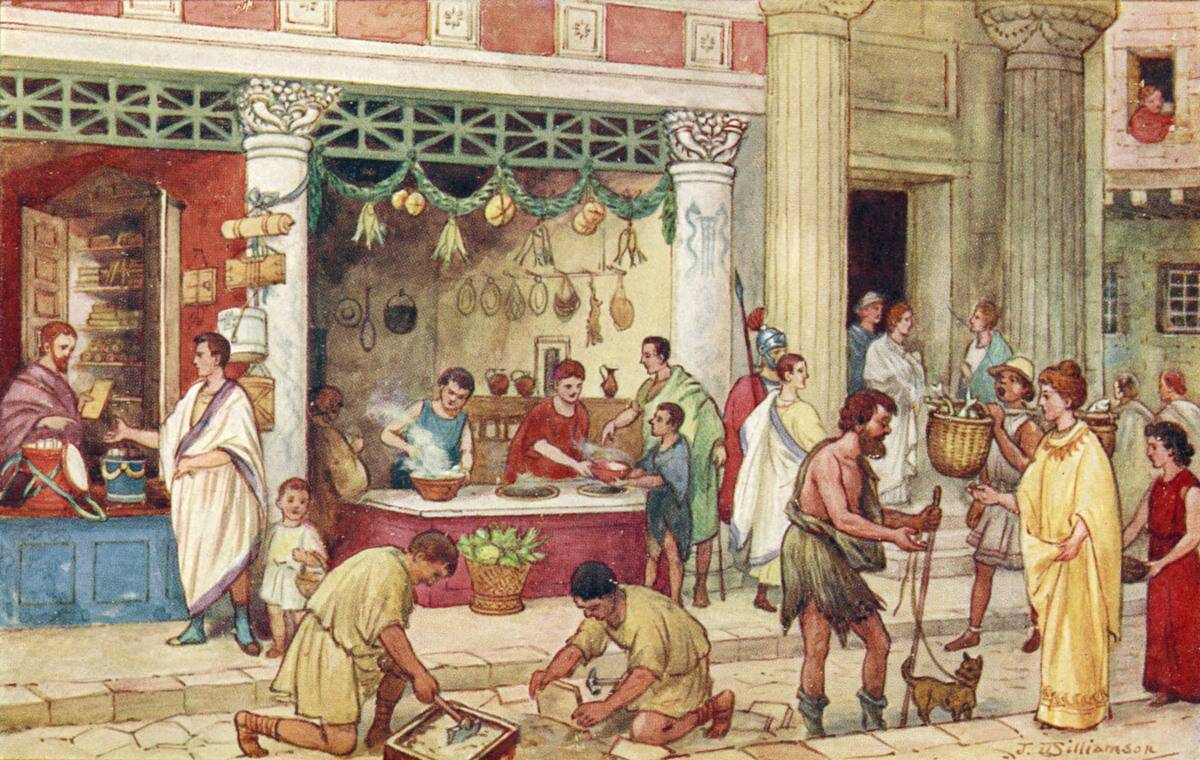
Rome’s golden age, often associated with the Pax Romana, was a time of unparalleled peace and prosperity. The city’s architectural feats were astonishing, from the grandeur of the Colosseum to the engineering marvel of the Roman aqueducts. Roman law and governance set standards that resonate to this day. The cultural life thrived with literature, philosophy, and the arts, leaving a legacy that earned Rome the nickname ‘The Eternal City,’ a symbol of enduring influence and power.
Tang Dynasty Chang’an: A Melting Pot of Cultures
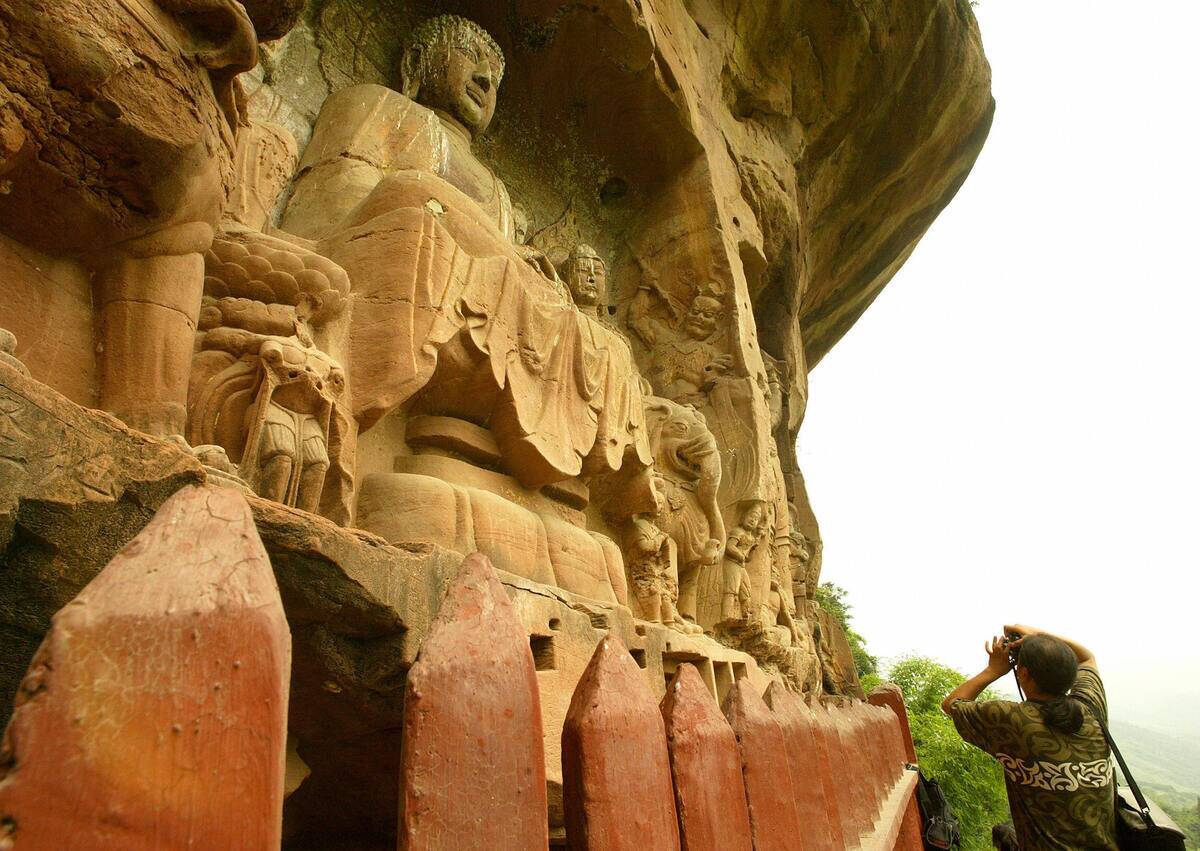
During the Tang Dynasty, Chang’an (modern-day Xi’an) was the world’s most populous city and a vibrant center of culture and trade. The Silk Road facilitated exchanges that brought diverse influences, making Chang’an a melting pot of religions, languages, and customs. The city boasted impressive urban planning, with wide streets and elaborate markets. Chang’an’s cosmopolitan nature was reflected in its art and literature, which flourished with innovation and diversity, echoing the city’s dynamic spirit.
Venice: The Maritime Marvel of the Renaissance
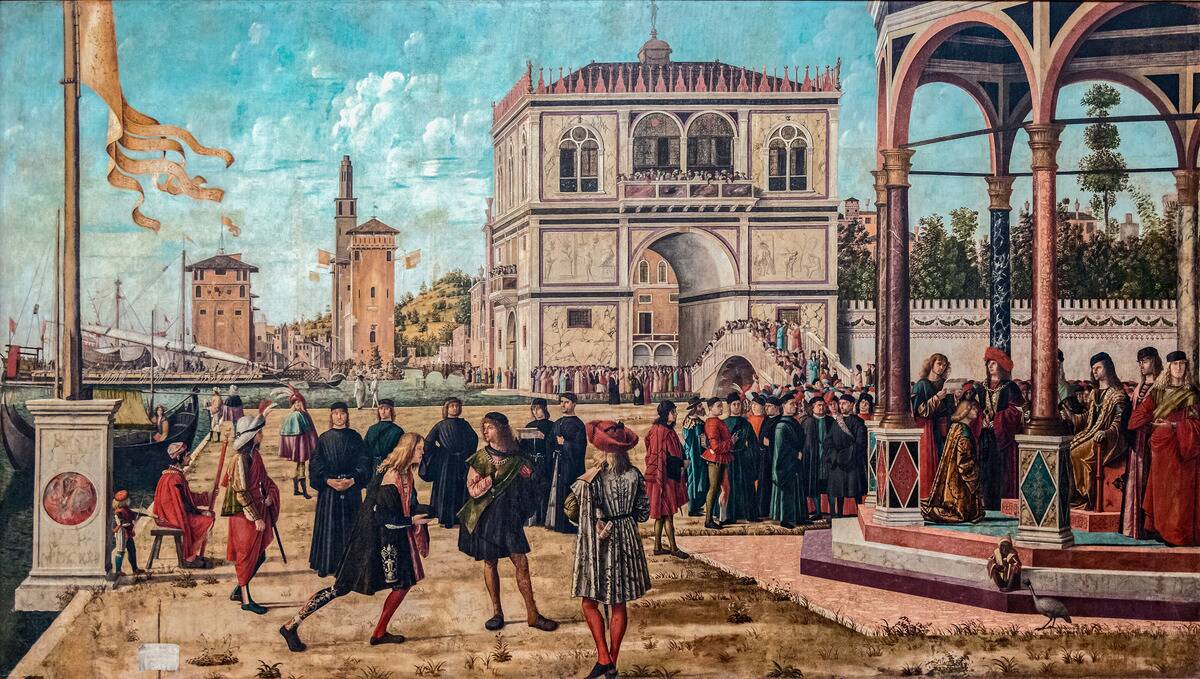
The Renaissance era saw Venice rise as a dominant maritime republic, controlling trade routes across the Mediterranean. Its strategic location and naval prowess made it a pivotal center of commerce and wealth. Venetian art and architecture flourished, with masterpieces by Titian and Tintoretto gracing its storied canals. The city’s unique blend of Eastern and Western influences created a distinct cultural identity, and iconic landmarks like St. Mark’s Basilica continue to awe visitors with their intricate beauty.
Paris: The Enlightenment’s Artistic and Intellectual Hub
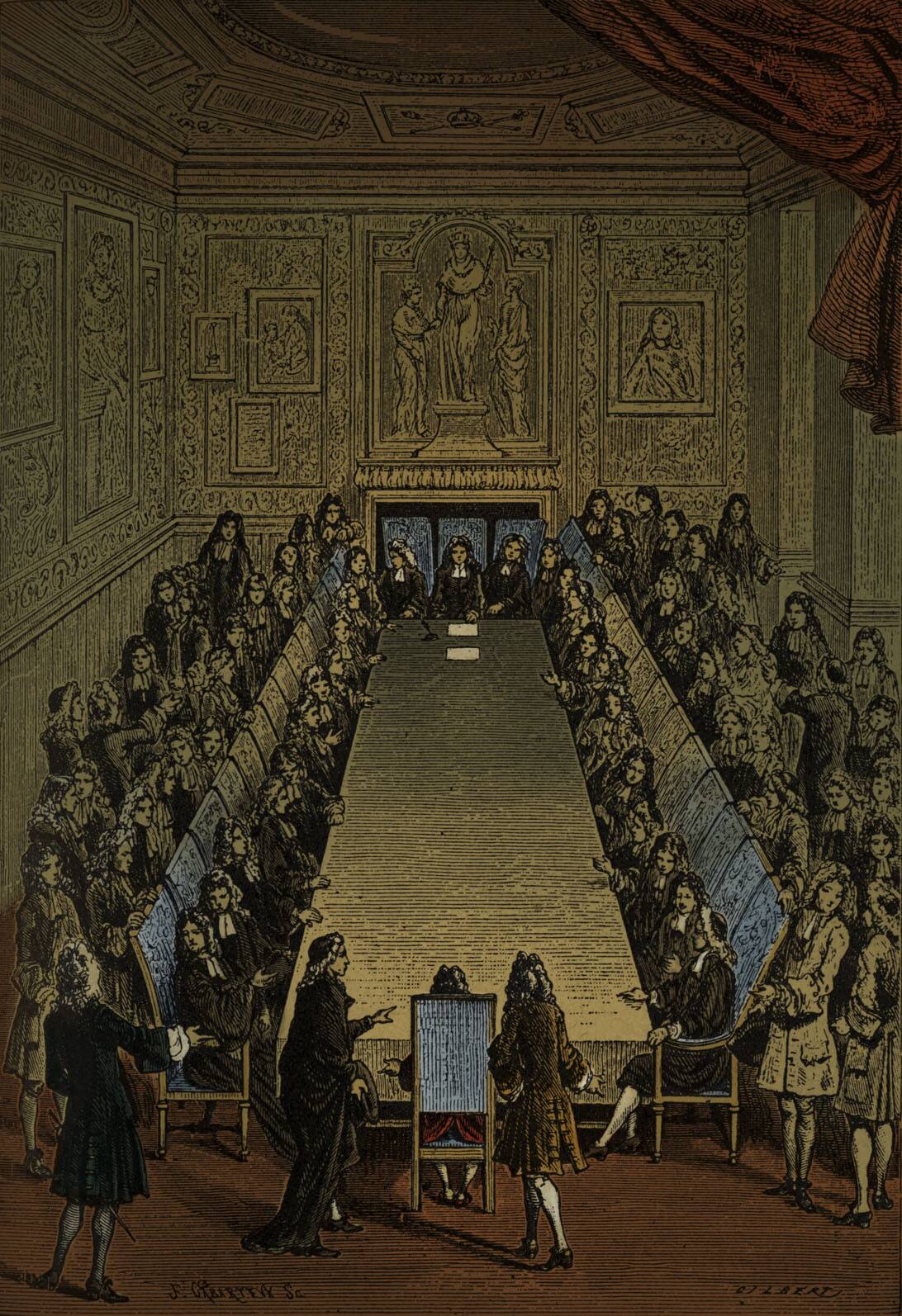
Paris during the Enlightenment was a beacon of intellectual and artistic progress. The city was the heart of philosophical thought, with figures like Voltaire and Rousseau challenging traditional ideas. Parisian salons became hotbeds of discussion and innovation, influencing political and social change. The Louvre, originally a royal palace, was transformed into a museum, symbolizing the era’s commitment to accessibility and the spread of knowledge. Paris’s streets buzzed with creativity, laying the groundwork for its future as a cultural capital.
London: Victorian Era’s Industrial and Cultural Beacon
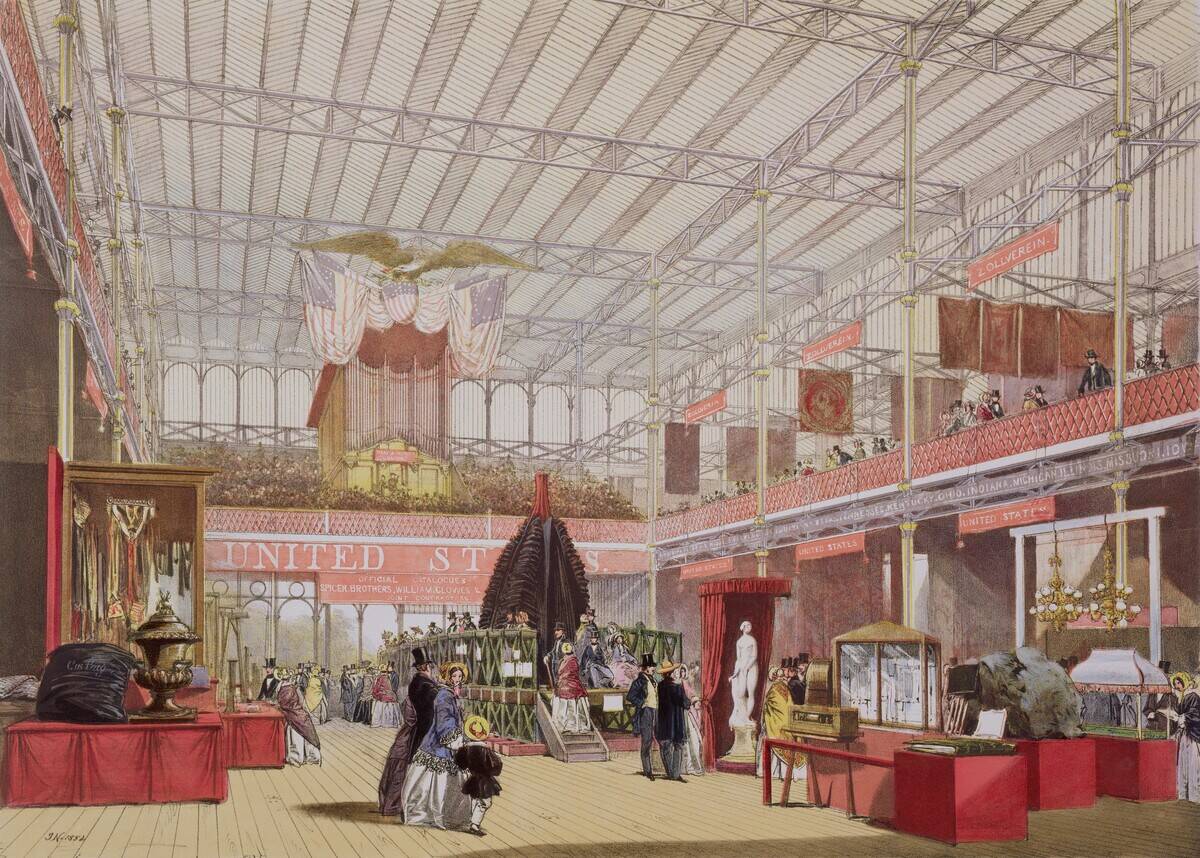
The Victorian era marked a period of immense change for London, as it became the heart of the British Empire. The Industrial Revolution transformed the city into a powerhouse of innovation and commerce, with advancements in technology and infrastructure. Culturally, London was a hub for literature, with authors like Charles Dickens capturing the complexities of urban life. The Great Exhibition of 1851 showcased London’s global influence, highlighting its role as a leader in both industry and culture.
New York City: The Roaring Twenties and the Rise of Modernity
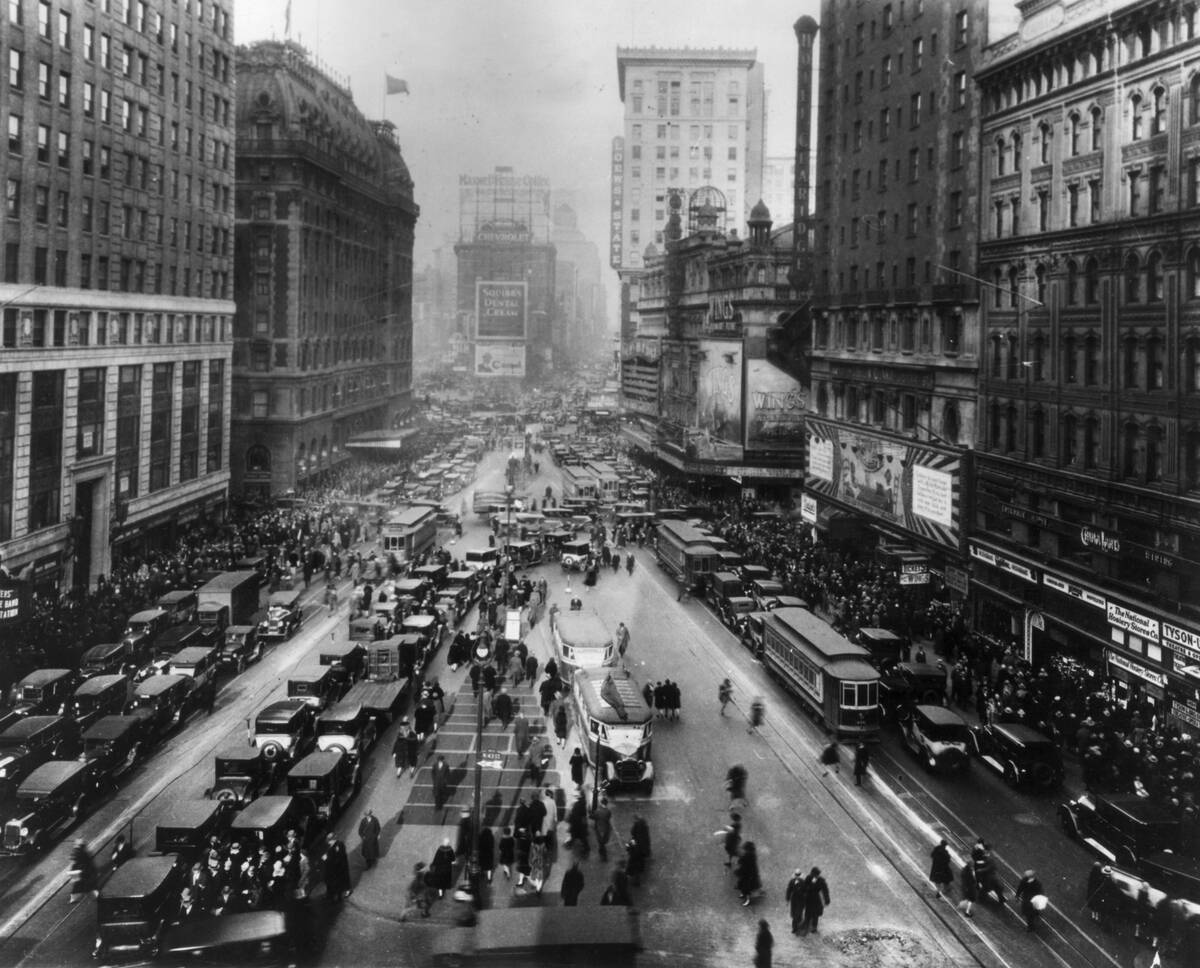
The 1920s were a transformative era for New York City, as it emerged as a symbol of modernity and progress. The skyline soared with skyscrapers like the Chrysler Building, reflecting the city’s economic boom. Jazz music filled the air, with Harlem becoming a cultural mecca during the Harlem Renaissance. The city’s diverse immigrant population contributed to a vibrant melting pot of cultures and ideas, fostering an atmosphere of innovation and creativity that defined the decade.
Tokyo: Post-War Boom and Technological Transformation
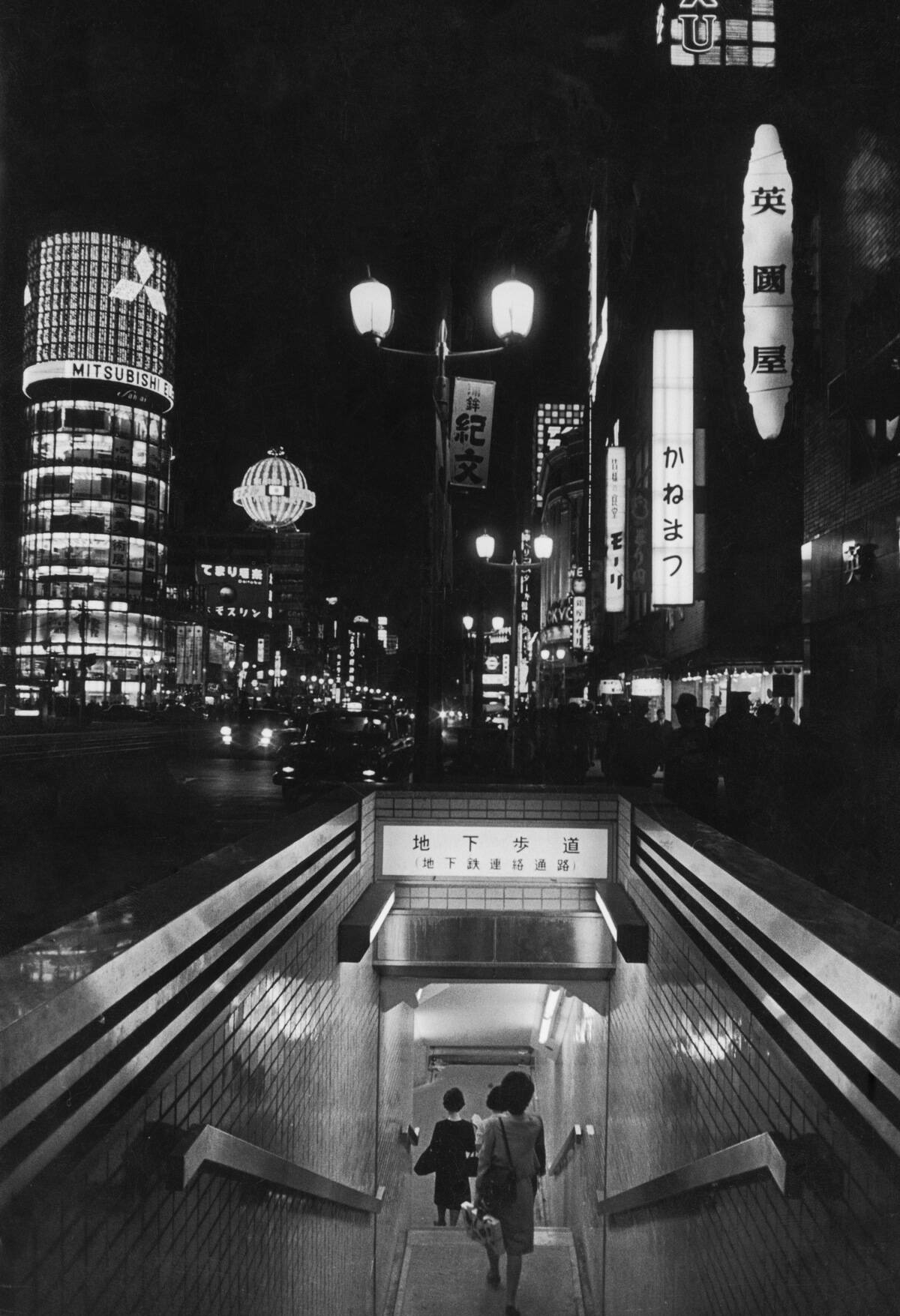
In the years following World War II, Tokyo underwent a remarkable transformation, rising from devastation to become a global leader in technology and economy. The city embraced rapid industrialization and modernization, becoming synonymous with cutting-edge innovation. The Shinkansen, or bullet train, symbolized Tokyo’s forward-thinking approach, while the neon lights of Shibuya and Shinjuku showcased its vibrant urban life. Tokyo’s blend of tradition and modernity created a dynamic metropolis that continues to influence the world.
Mumbai: Bollywood and the Economic Surge
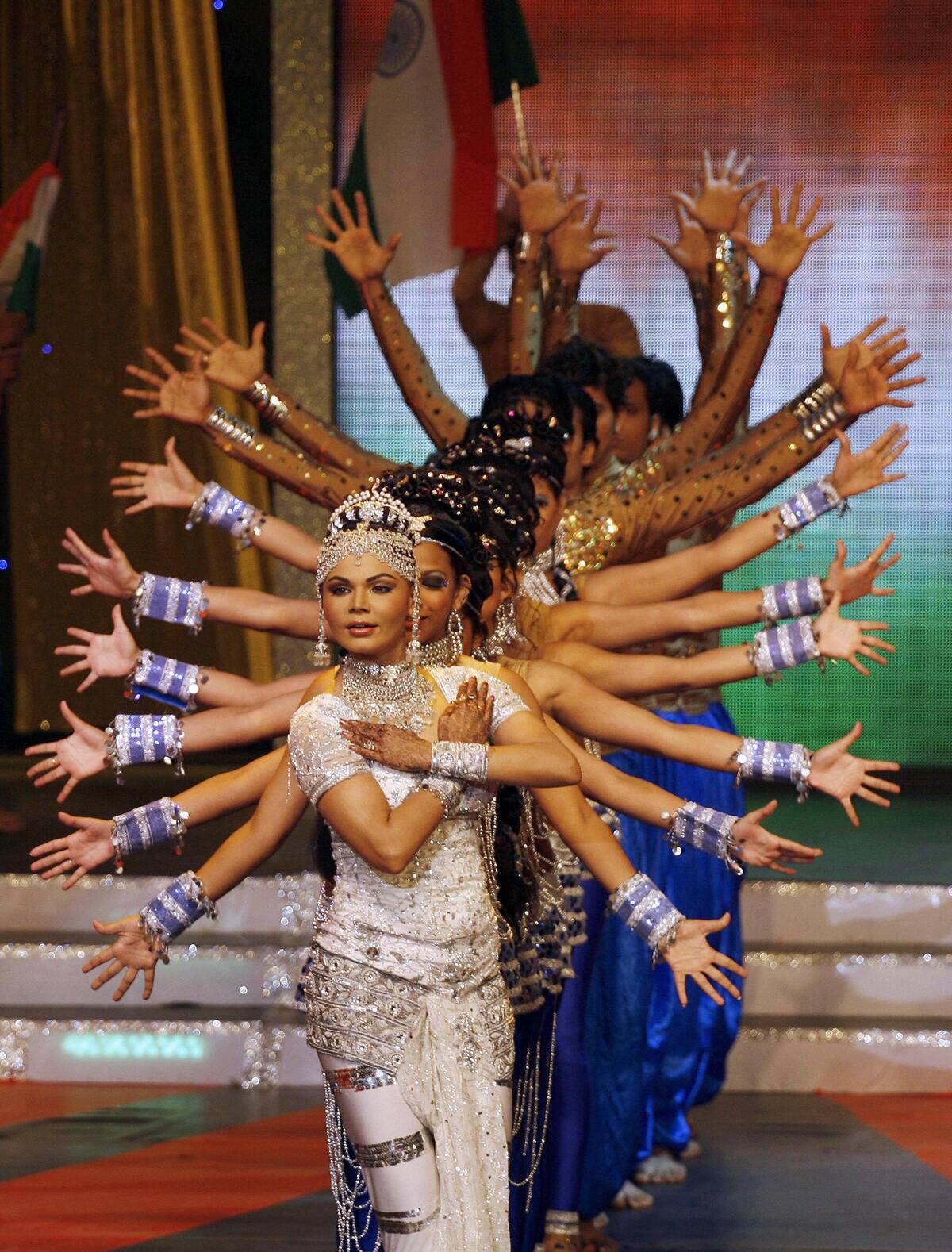
Mumbai, formerly known as Bombay, has long been the financial heart of India, but it truly came into its own with the rise of Bollywood. The city became the epicenter of the Indian film industry, producing vibrant films that captured the imagination of millions. Simultaneously, Mumbai experienced an economic surge, with industries booming and infrastructure expanding. The city’s dynamic blend of commerce and culture makes it a unique and influential presence on the global stage.
Shanghai: The 1920s – East Meets West in a Vibrant Port
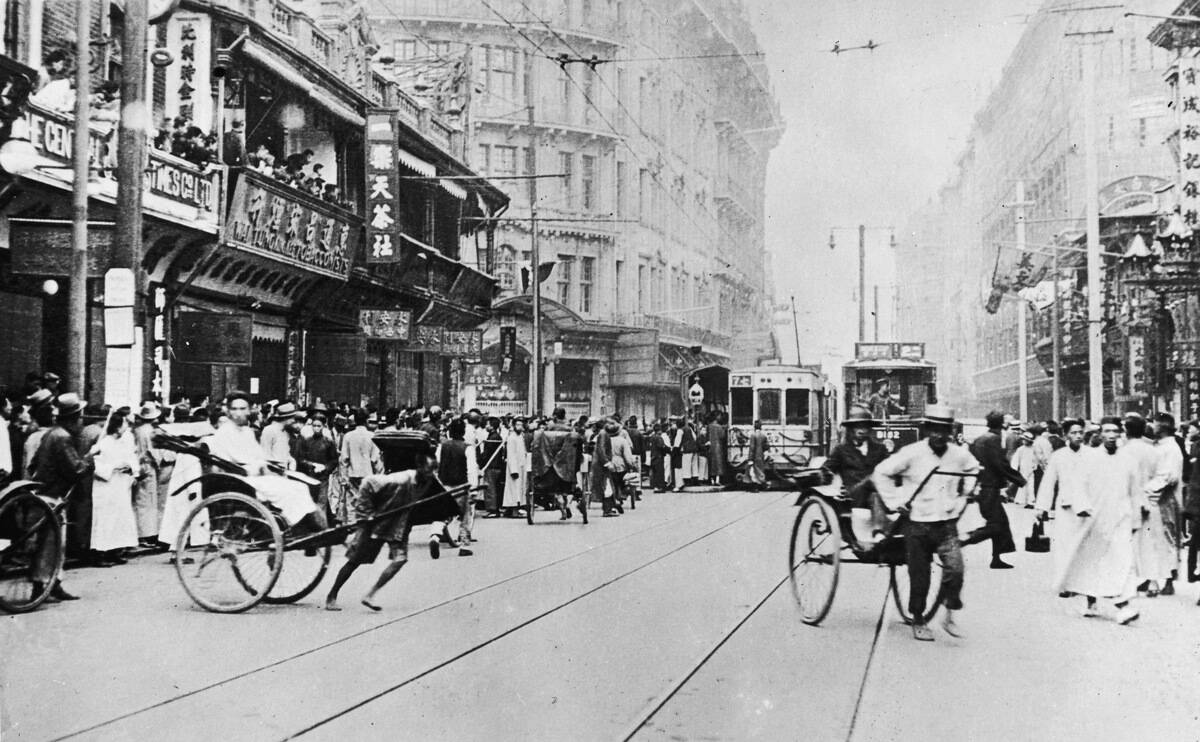
Shanghai in the 1920s was a bustling port city where Eastern and Western influences converged, creating a vibrant cultural and economic hub. The city’s architecture reflected this blend, with art deco buildings standing alongside traditional Chinese structures. Shanghai’s cosmopolitan atmosphere attracted artists, writers, and entrepreneurs, leading to a flourishing of arts and commerce. The city’s international concessions allowed for a unique blend of cultures, fostering an environment of creativity and innovation that defined the era.
Cairo: The Mamluk Era and Flourishing Trade
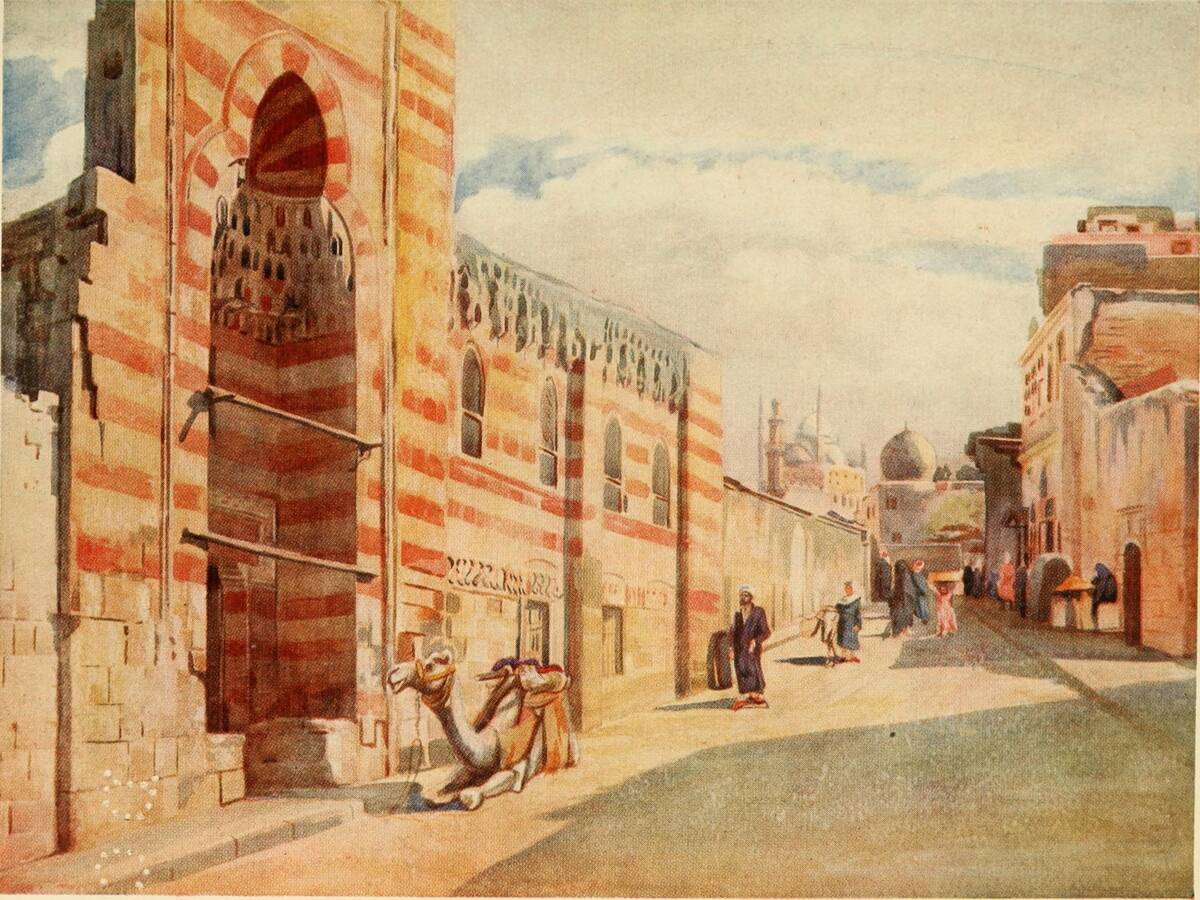
During the Mamluk era, Cairo was a thriving center of trade and culture in the Islamic world. The city’s strategic location made it a crucial hub for the exchange of goods between Africa, Asia, and Europe. Cairo’s architecture flourished with the construction of grand mosques and madrasas, reflecting the city’s wealth and cultural significance. The Mamluk sultans promoted the arts and scholarship, establishing Cairo as a beacon of Islamic learning and a vibrant, bustling metropolis.
Istanbul: The Ottoman Apex of Culture and Power
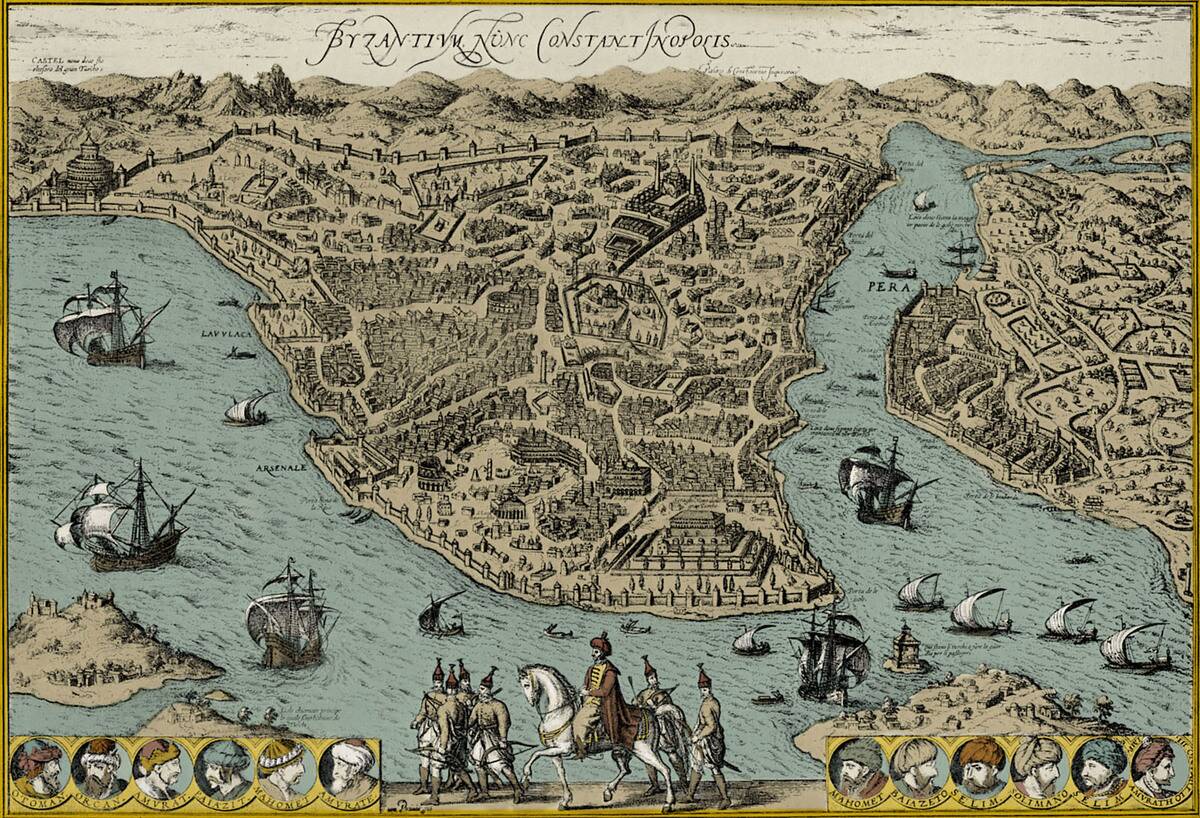
Istanbul, formerly Constantinople, reached new heights during the Ottoman Empire, becoming a center of culture, power, and religion. The city’s strategic position made it a pivotal point for trade and diplomacy. Iconic landmarks like the Hagia Sophia and the Topkapi Palace showcased the empire’s architectural brilliance. The city thrived as a melting pot of cultures and ideas, with a vibrant market life and a rich tradition of arts and music, reflecting its status as a global cultural capital.
Los Angeles: Hollywood’s Golden Age and Cultural Explosion
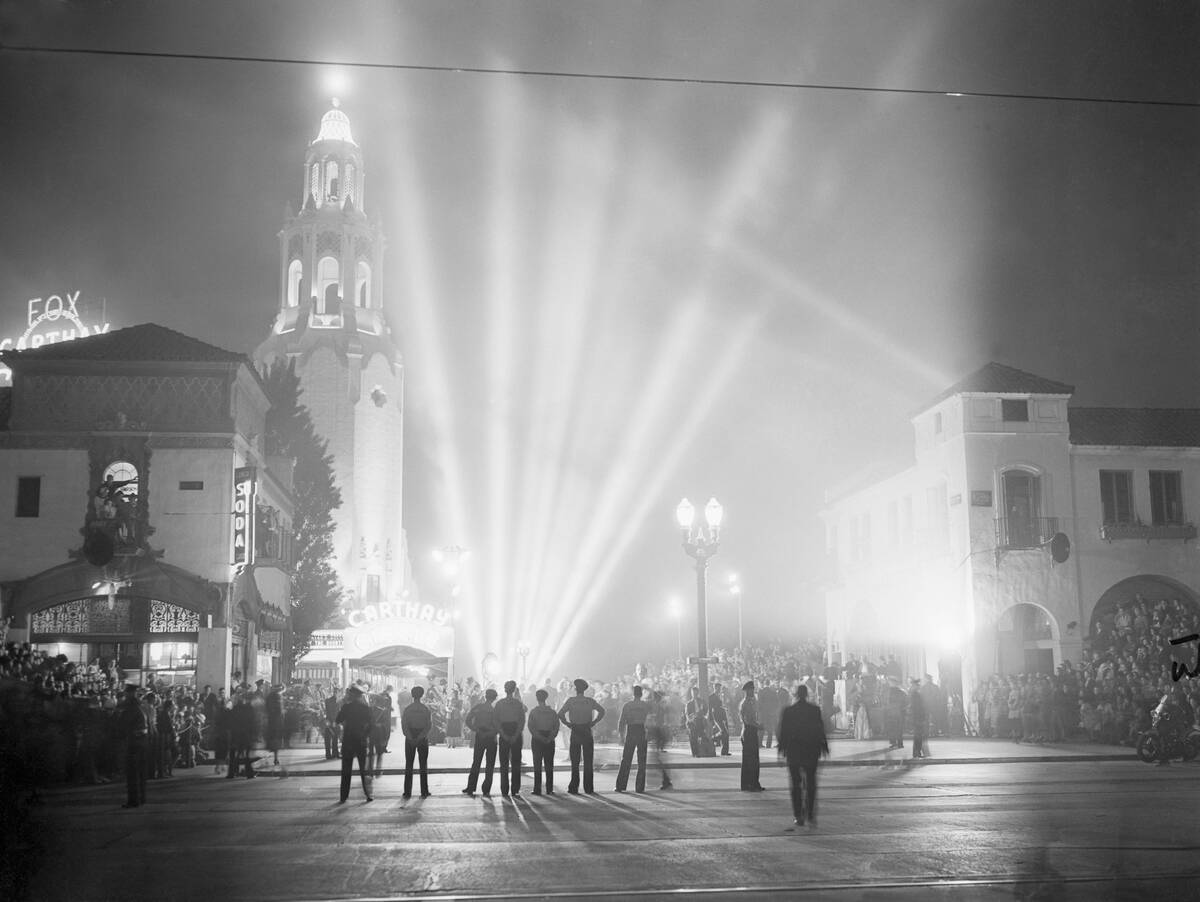
The golden age of Hollywood in the 1930s and 40s transformed Los Angeles into a global epicenter of entertainment. The film industry boomed, with studios producing iconic movies that captivated audiences worldwide. Stars like Marilyn Monroe and Humphrey Bogart became international icons, symbolizing the glamour of Hollywood. This era also saw a cultural explosion, with Los Angeles emerging as a melting pot of creativity, attracting artists, musicians, and writers who contributed to its vibrant cultural scene.
Buenos Aires: The Belle Époque and Tango Revolution
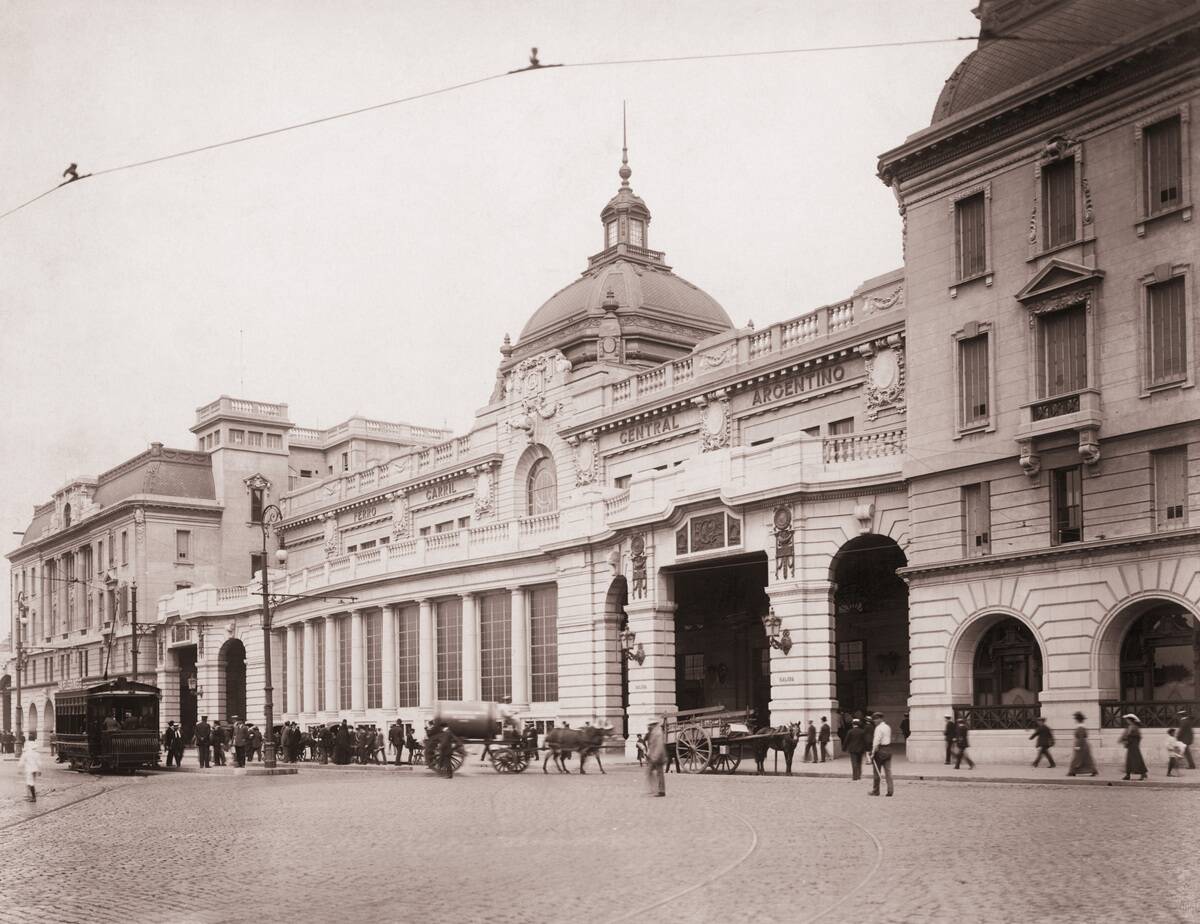
Buenos Aires experienced a golden age during the Belle Époque, marked by economic prosperity and cultural growth. The city embraced European influences, seen in its elegant architecture and vibrant café culture. It was during this time that tango, an evocative dance and music style, emerged from the city’s working-class neighborhoods, capturing the spirit of Buenos Aires. The tango revolutionized the cultural landscape, becoming a symbol of Argentine identity and passion, resonating with audiences around the world.
Sydney: The Olympic Games and Global Spotlight
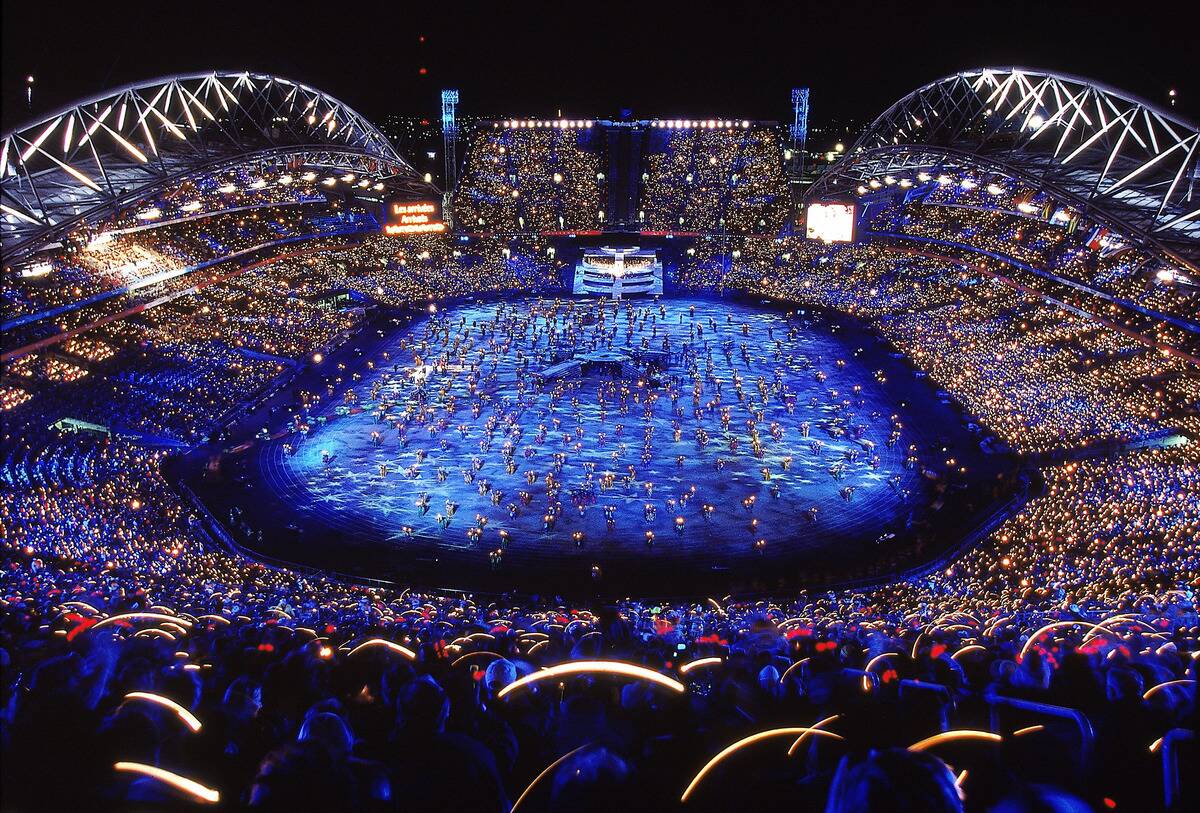
In 2000, Sydney stepped into the global spotlight as it hosted the Summer Olympic Games, showcasing its stunning landscapes and vibrant culture to the world. The event was a catalyst for urban development, with new infrastructure like the Olympic Park and improvements in public transport. Sydney’s natural beauty, from the iconic Opera House to its pristine beaches, was highlighted on the world stage, boosting tourism and solidifying its reputation as a dynamic and cosmopolitan city.



